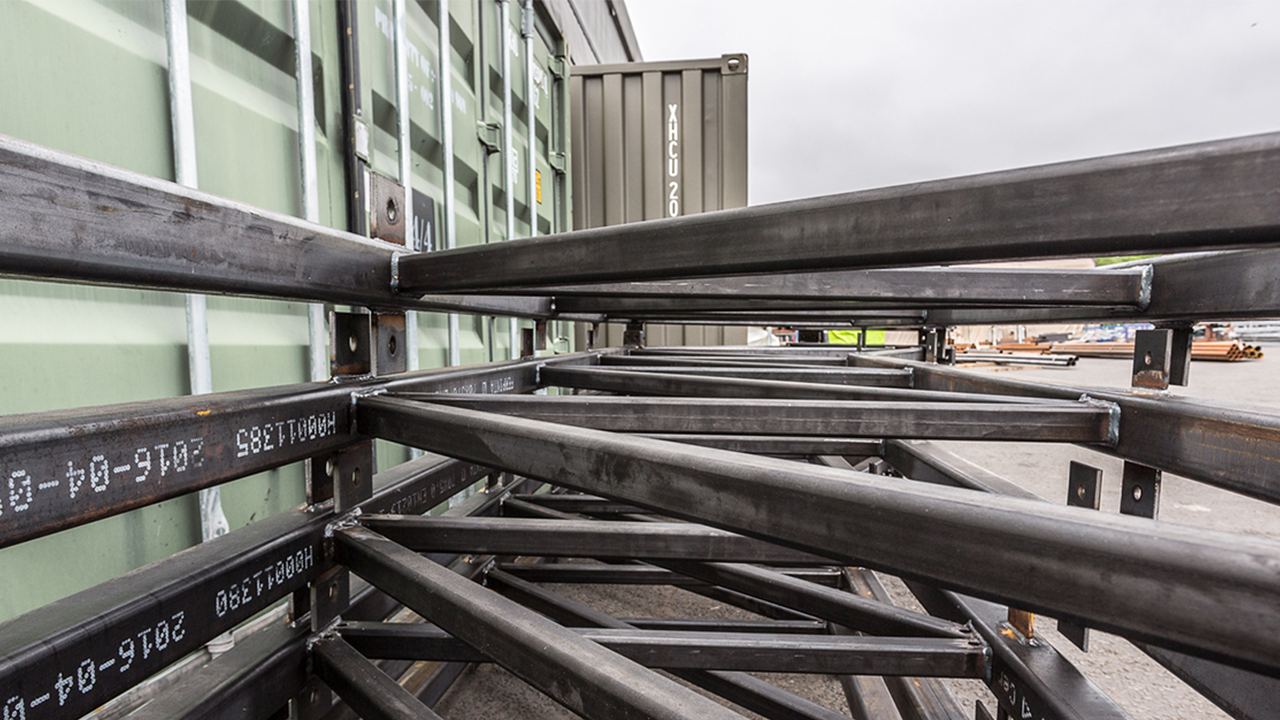Why a steel-framed fabric structure might actually be your best option in extreme weather zones.
All steel used in our structures is post-fabrication hot dip galvanized for strength and durability.
Thanks to advanced engineering and high quality materials, steel-framed fabric structures are far stronger, and much more durable, than most people realize.
Their durability isn’t theoretical, it’s based on proof in the field. We’ve put up quite a few fabric structures in hurricane and typhoon zones, and they’ve weathered numerous storms over many years.
That’s because we use experienced engineers, high quality steel and PVC membranes, and always build to building code. For example, the structure we put up in Okinawa was engineered to withstand typhoons (up to 225 m.p.h winds) to meet building code.
A steel-Framed Structure in Okinawa THAT survived Super-typhoon Chan-Hom
What may surprise you is that there can actually be advantages to using steel-framed fabric structures in extreme weather conditions. One is that a lot of the debris from a storm rebounds off the fabric membrane.
Testing the impact of 3” Hail
Another advantage is that when a storm is so severe that it knocks down traditional buildings, the steel structure of our buildings will remain even if the membrane is torn off. “Rebuilding” becomes a matter of putting on a new membrane, not demolition and reconstruction. That also means there’s likely to be less damage to the assets inside the building. (Note that we don’t have specific examples of this because we’ve not had a membrane blow off, even in cases where other buildings in the area have been damaged.)
We’ve also put structures up in places with high seismic loads and high snow loads, and our partner Rubb Buildings has put fabric structures up around the world, many of which have endured severe conditions for decades.
Contact us to learn more about the durability, versatility, and affordability of these unique and effective structures.




